Search Results for 'the Connacht Tribune'
48 results found.
Old Galway newspapers

The first book printed in Ireland was The Book of Common Prayer in 1551. As printing became more sophisticated, newspapers became inevitable. The first gazettes were published originally in manuscript – the word gazette being derived from gazetto, a coin of Venice, the amount paid for reading the news. The earliest printed newspapers began to appear around the end of the 16th century. These were small, quarto in size, printed on one or both sides of the page, or of four pages containing intelligence of public interest which were variously called 'Books of Newes', ‘Newe Newes’, 'Wonderful Newes', ‘Bloody Newes out of Ireland’, etc.
The tragic story of Lindon Bates Jr and Island Eddy
On Friday morning, 30th July, 1915 the body of a ‘well-dressed man’ washed ashore at Island Eddy. The island, which sits at the inner eastern end of Galway Bay had a population of 38 and a total of seven families recorded in the 1911 Census.
‘Spanish Flu’ ended summer 1919, but a more virulent epidemic remained
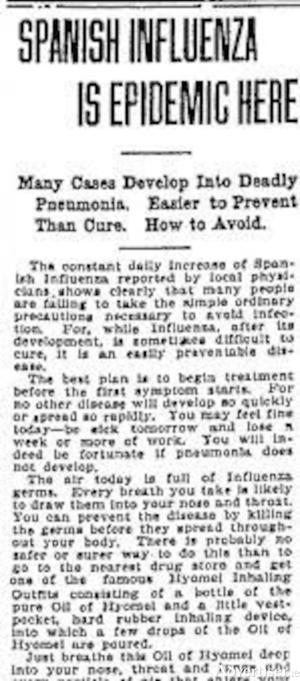
The so-called ‘Spanish Flu’ of 1918/19 came in three phases, leading to the false hope that as each phase appeared to be on the wane, it only returned with a vengeance, creating misery and fear throughout the country.
Lack of social distancing aided second phase of ‘Spanish Flu’
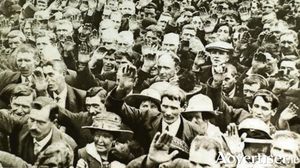
[Week II. Read Part I.] The 1918 General Election on December 14 was the most significant election in modern Irish history. Following the events of World War I, the Easter Rising, and the Conscription Crisis, the whole island was caught up in fierce debate as to its future. The result was a sweeping victory for a radical Sinn Féin, which promised to establish an independent Irish Republic. The moderate Irish Parliamentary Party, which had dominated the Irish political landscape since the 1880s, was wiped out; while in Ulster the Unionist Party took power.
'If one policeman is shot here up goes the town'
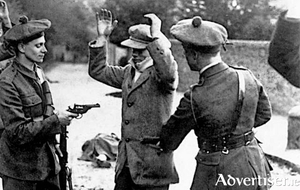
By early 1921 Britain’s war in Ireland was not just a moral issue, but a financial one. The sheer expense of solving 'The Irish Question', considering financial reparation for the loss of civilian life and destruction of private property, along with the price tag of the Crown Forces’ operations in Ireland, was staggering.
‘Bed and quinine appear to be the two great safeguards.’
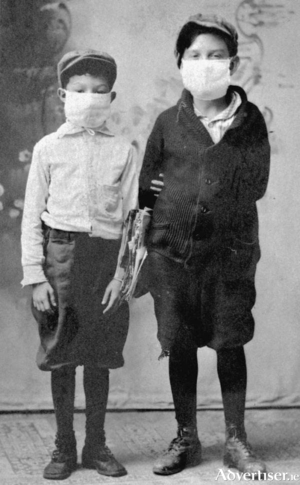
The Galway Expess was one of the first local newspapers to notice that the increasing numbers of people succumbing, some very suddenly, to the so called Spanish ‘Flu that swept across the world in the early summer of 1918, was ‘virulently infectious’. It speculated that it first reached Ireland through Belfast, and in many cases ‘entire households have been seized,’ industries have been closed, and schools ‘although children suffer less than adults, they spread infection’, have also been closed. ‘Sudden collapses are the most striking feature, the victim being struck down almost immediately.’
Death by wrongful humiliation - the story of Valentine Steinberger
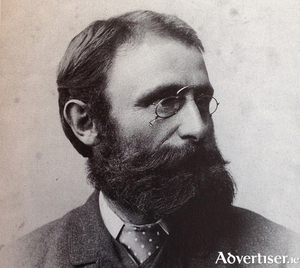
STEPHANIE KLAPP, MA Culture and Colonialism NUI Galway, history teacher, and local historian, recalls the story of a fellow German who made Galway his home, but found himself caught up in the 1916 Rising and wrongly humiliated on the streets of Galway.
The British raid on Inis Mór, December 1920
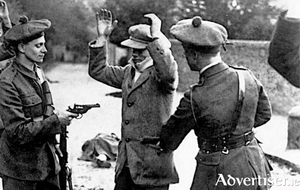
November 1920 was a bloody month in Galway with the killing of Eileen Quinn, Fr Michael Griffin, Michael Moran, and Harry and Patrick Loughnane. D Company Auxiliaries had made their presence felt.
Grattan Road
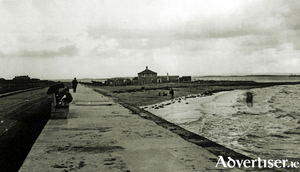
Crane’s Strand or Tráigh na gCorr appears on the 1651 map. It would seem to be the Whitestrand area before the building of Grattan Road. In Dutton’s 1824 survey we read: “It seems to be the general opinion of the oldest inhabitants that for some years past, storms and rains have been more frequent from the west than formerly. (Rice was sown here in 1585). As some corroboration of this idea, the encroachment of the sea near Recorder’s Quay on the west side of Galway, may be adduced, where the marks of the potato ridges may be seen, and where, only a few years ago were in cultivation, though they are now covered at every tide. Lately, the ground near Recorder’s Quay has been reclaimed by Mr Bulteel, and promises to remunerate his very spirited exertion.” (Probably the first ever reclamation of land in Salthill).
The Black and Tans' raid on O’Flaherty’s Pub
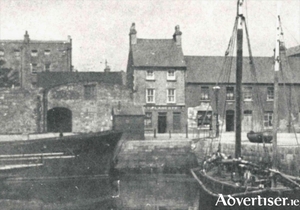
The tall building in the centre of our picture of New Docks Road taken in 1903 was known as “Gas Tank” Flaherty’s pub. We presume he got his nickname because of the gasworks across the street. It was here that the distinguished English painter Augustus John lived for several weeks in 1914. He did a lot of painting and drawing around the city and especially the docks area, but when the World War I started, he began to worry that the locals would regard him as an English spy, so he went back to England.

